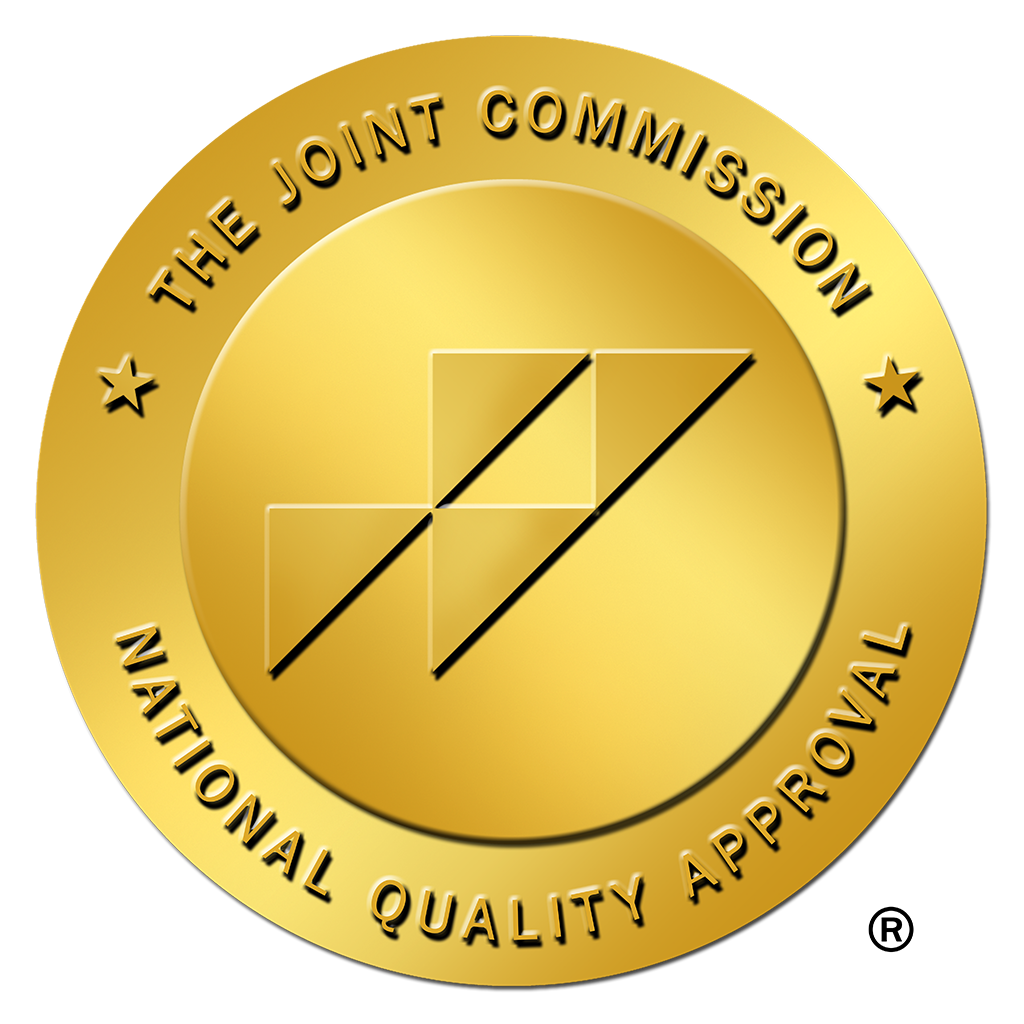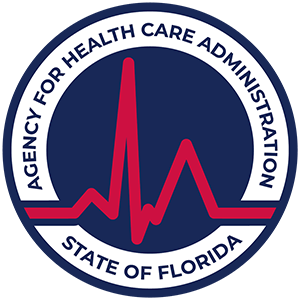Do you still feel emotional or physical symptoms even after your first withdrawal from drugs or alcohol? Post-acute withdrawal syndrome (PAWS) might be the reason. Many people working toward long-term sobriety face this often misunderstood phase of recovery.
Anxiety, depression, mood swings, and cognitive difficulties are common PAWS symptoms. These can last for weeks or months after acute withdrawal ends. You can handle this challenging recovery phase better by understanding these symptoms, their timeline, and management strategies. Let us walk you through the mechanisms, symptoms, and practical ways to cope with post-acute withdrawal syndrome.
Understanding Post-Acute Withdrawal Syndrome (PAWS)
Post-acute withdrawal syndrome (PAWS) is a complex phase that continues well after the initial medical detoxification process at the beginning of recovery. Medical professionals have documented this condition for more than six decades as a most important part of substance recovery.
Definition of PAWS
Post-acute withdrawal syndrome represents a group of lasting impairments that emerge after the original withdrawal phase from substances such as alcohol, opiates, benzodiazepines, and antidepressants. The acute phase deals with physical symptoms. PAWS shows up as psychological and emotional challenges that can last for months or maybe even years after someone becomes sober.
The American Society of Addiction Medicine defines PAWS as a condition with subacute symptoms that continue beyond 30 days from when acute withdrawal begins. These symptoms usually include:
- Mood swings and emotional ups and downs
- Problems with thinking and memory
- Disrupted sleep patterns
- Ongoing anxiety and depression
- Strong urges to use substances
- Difficulty experiencing pleasure (anhedonia)
Causes of PAWS
Active addiction triggers the most important changes in your brain that create chemical imbalances. These imbalances need time to return to normal. PAWS emerges when your central nervous system tries to restore its natural balance.
This complex process involves ongoing physiological changes and disruptions in neurotransmitter systems. These disruptions can cause temporary tolerance problems that will eventually resolve.
Several factors determine how likely you are to develop PAWS and how severe it might be. The length of time you spend using substances plays a crucial role. The specific substance you used matters, too, along with your physical and mental health profile. You face a higher risk of PAWS if you’ve depended on alcohol, benzodiazepines, or opioids for a long time.
Difference Between Acute Withdrawal and PAWS
Aspect | Acute Withdrawal | Post-Acute Withdrawal |
Duration | Up to 2 weeks | Several months to years |
Primary Symptoms | Physical discomfort | Psychological and emotional |
Onset | Immediately after stopping | Weeks to months after stopping |
Treatment Setting | Clinical detox required | Long-term recovery support |
The difference between acute and post-acute withdrawal is a vital part of understanding your recovery trip. Acute withdrawal shows how your body reacts right after you stop using substances. PAWS happens when your brain heals over a longer time. Your recovery needs different support and management approaches than the original detox phase.
Common Symptoms of PAWS
Your recovery experience brings various symptoms that affect your daily life. A clear understanding of these symptoms helps you prepare and manage the recovery process effectively.
Cognitive Symptoms
Brain healing can create several cognitive challenges in your daily life. Many people experience a condition commonly known as “brain fog” that affects memory, concentration, and decision-making abilities. These symptoms might impact your work and everyday activities:
- Short-term memory and recall problems
- Poor focus during tasks
- Reduced executive functioning
- Limited problem-solving skills
- Slower mental processing
Emotional Symptoms
PAWS creates especially challenging emotional symptoms when your brain chemistry returns to normal. Your emotions may go up and down in intensity, and many people experience what feels like an “emotional rollercoaster.” These emotional symptoms can include:
Common Emotional Symptoms | How They Demonstrate |
Constant worry, panic attacks | |
Depression | Hopeless feelings, lack of motivation |
Mood Swings | Quick changes between emotions |
Irritability | Hostile behavior, less tolerance for frustration |
Anhedonia | Problems feeling pleasure |
Physical Symptoms
Physical symptoms during PAWS can persist for months, though they’re nowhere near as intense as acute withdrawal. These symptoms often work together and magnify cognitive and emotional challenges.
Sleep Disturbances
Sleep problems like insomnia, vivid dreams, or irregular patterns might affect you. Research shows these sleep issues can last from several months to three years after quitting.
Energy Levels
Your body commonly experiences fatigue and low energy, along with several other symptoms. Physical coordination decreases noticeably. Many people report unexplained chronic pain. The body becomes more sensitive to stress. Digestive problems also tend to surface.
History of Use
Your substance use history largely determines how severe and long-lasting these symptoms become. To cite an instance, anxiety, and sleep problems tend to be more noticeable when recovering from alcohol or benzodiazepine use. People recovering from opioids usually face more intense physical symptoms and depression.
These symptoms typically move in waves – you might feel perfectly fine today but struggle tomorrow. This up-and-down pattern is completely normal during recovery. Understanding this pattern helps you handle difficult days better.
Timeline and Duration of Post-Acute Withdrawal Syndrome
The timeline of post-acute withdrawal syndrome (PAWS) plays a vital part in setting realistic expectations during your recovery trip. Each person’s PAWS experience varies substantially, and your awareness of potential challenges will help you prepare better.
When PAWS Typically Begins
The trip with PAWS begins a few days after you complete the acute withdrawal phase. This is immediately after you have finished detoxing and all detox medications are out of your system. Your brain’s recalibration process triggers this natural transition. Symptoms can change faster during this original period, maybe even minute by minute, while your body learns to function without substances.
Factors Affecting PAWS Duration
These factors determine your PAWS experience duration:
- Substance Type: Each substance creates a unique recovery timeline
- Usage History: Your substance use duration and intensity
- Individual Health: Your body’s physical and mental condition
- Treatment Approach: Professional support and guidance
- Lifestyle Factors: Your diet, exercise routine, and stress management
The Average Length of PAWS
Here’s what you need to know about typical PAWS durations to track your recovery:
Substance Type | Typical Duration | Notable Characteristics |
Alcohol | 1-2 years | Sleep issues may last 1-3 years |
Benzodiazepines | 6-18 months | Some effects can extend beyond |
Opioids | 6 months-2 years | More intense early symptoms |
Antidepressants | 6 months-2+ years | Can vary by a lot |
Your PAWS symptoms will likely show up in wave-like patterns. It will not be a constant struggle the entire time. You’ll notice times when symptoms barely affect you, followed by unexpected flare-ups. This pattern happens naturally and usually develops like this:
- Early Phase (First 6 months):
- Symptoms hit hardest
- Changes happen often
- You’ll need lots of support
- Middle Phase (6-12 months):
- Symptoms become milder
- More time passes between episodes
- You handle things better
- Late Phase (Beyond 12 months):
- Symptoms slowly fade
- Your emotions stabilize
- You bounce back easier
Studies show that 70-90% of people in recovery deal with some form of PAWS. These numbers might worry you, but symptoms become milder and less frequent as time passes. Your brain heals naturally at its own pace when you stay substance-free.
Managing and Coping with Post-Acute Withdrawal Syndrome
Managing post-acute withdrawal syndrome takes patience and dedication. The right strategies can improve your recovery experience by a lot. You can develop a detailed approach to handling PAWS symptoms when you focus on important areas of your life and use the resources around you.
Lifestyle Changes
Your daily habits play a significant part in managing PAWS symptoms. A well-laid-out routine that puts self-care first can help your mood stay stable and reduce your symptoms.
Physical Activity and Nutrition
Regular exercise helps your mood stay balanced and keeps your stress levels down. This makes dealing with cravings easier. Pick activities you enjoy that match how energetic you feel. Your blood sugar stays stable through healthy meals, which helps prevent mood swings and reduces cravings.
Sleep Hygiene Practices
Sleep hygiene is an often overlooked practice but can be extremely beneficial during early recovery. Some good sleep hygiene practices are:
- Maintain consistent bedtime and wake-up times
- Limit caffeine consumption in the afternoon and evening
- Create a calming bedtime routine
- Remove distractions from your bedroom
- Practice relaxation techniques before sleep
Time Management
Concentration issues can make tasks challenging. Breaking your work into 15-minute chunks helps you stay focused. Schedule demanding activities when your energy peaks. A notebook or phone reminders help you track appointments and important details easily.
Therapeutic Approaches for Post-Acute Withdrawal Syndrome
Professional help plays a vital role in managing PAWS effectively. A personalized treatment plan includes several therapeutic options that match your recovery needs.
Therapeutic Method | Benefits | Application |
Cognitive Behavioral Therapy | Better problem-solving skills and impulse control | Individual or group sessions |
Medication-Assisted Treatment | Less intense cravings and balanced brain chemistry | Prescribed medications like acamprosate or naltrexone |
Mindfulness Practices | Lower anxiety levels and better emotional stability | Daily meditation, breathing exercises |
Medication-assisted Treatment Methods
Regular checkups with healthcare providers give a full picture of your recovery needs. The medical team adjusts your treatment based on your symptoms and progress. These medications might help:
- Acamprosate to recover from alcohol
- Methadone or buprenorphine to recover from opioids
- Naltrexone to address both alcohol and opioid dependencies
Support systems
A strong support network leads to long-term recovery success. Your support system should mix professional and personal relationships that give you understanding, accountability, and encouragement.
Professional Support Network
Stay in regular contact with:
- Mental health professionals
- Addiction specialists
- Medical providers
- Recovery coaches
Community Resources
Peer-led support groups like Alcoholics Anonymous or Narcotics Anonymous are a great way to get peer support and practical coping strategies. These communities help you connect with others who have faced similar challenges and can share what worked in their recovery.
Personal Relationships
Develop connections with supportive family members and friends who understand your recovery trip. Choose your social circle carefully and avoid triggers and situations that might affect your progress. Talk about your experiences with trusted people who support you without judgment.
Documentation and Self-Monitoring
A journal helps track your symptoms, triggers, and successful coping strategies. This practice lets you:
- Identify patterns in symptom occurrence
- Document effective management techniques
- Monitor your progress over time
- Share accurate information with your healthcare providers
Managing PAWS needs an all-encompassing approach. You can’t completely avoid post-acute withdrawal symptoms, but you can manage them well through these strategies. Your symptoms will decrease in intensity and frequency as your brain heals and adjusts to life without substances.
Managing Post-Acute Withdrawal Syndrome with Milton
Post-acute withdrawal syndrome is a most critical but manageable part of substance recovery. It affects most people working toward sobriety. Research shows that PAWS symptoms follow a pattern and improve gradually over time. These symptoms include cognitive difficulties, emotional instability, and physical challenges. Medical studies confirm that your brain naturally heals and works to restore balance after you stop using substances. While it may seem overwhelming, when equipped with the right tools like those taught at Milton Recovery Centers, PAWS is manageable, and you can lead a successful and fulfilling life in recovery.







